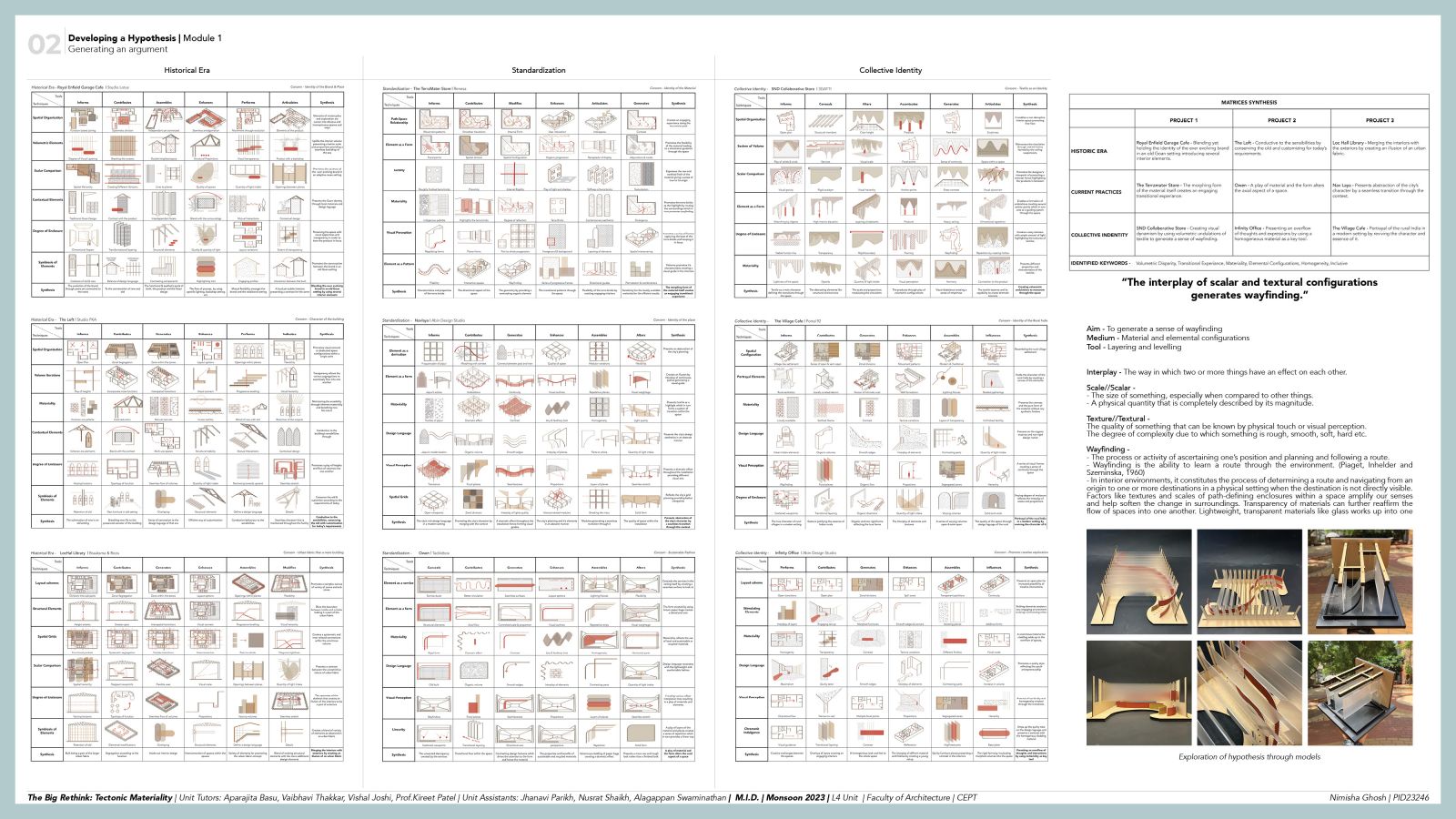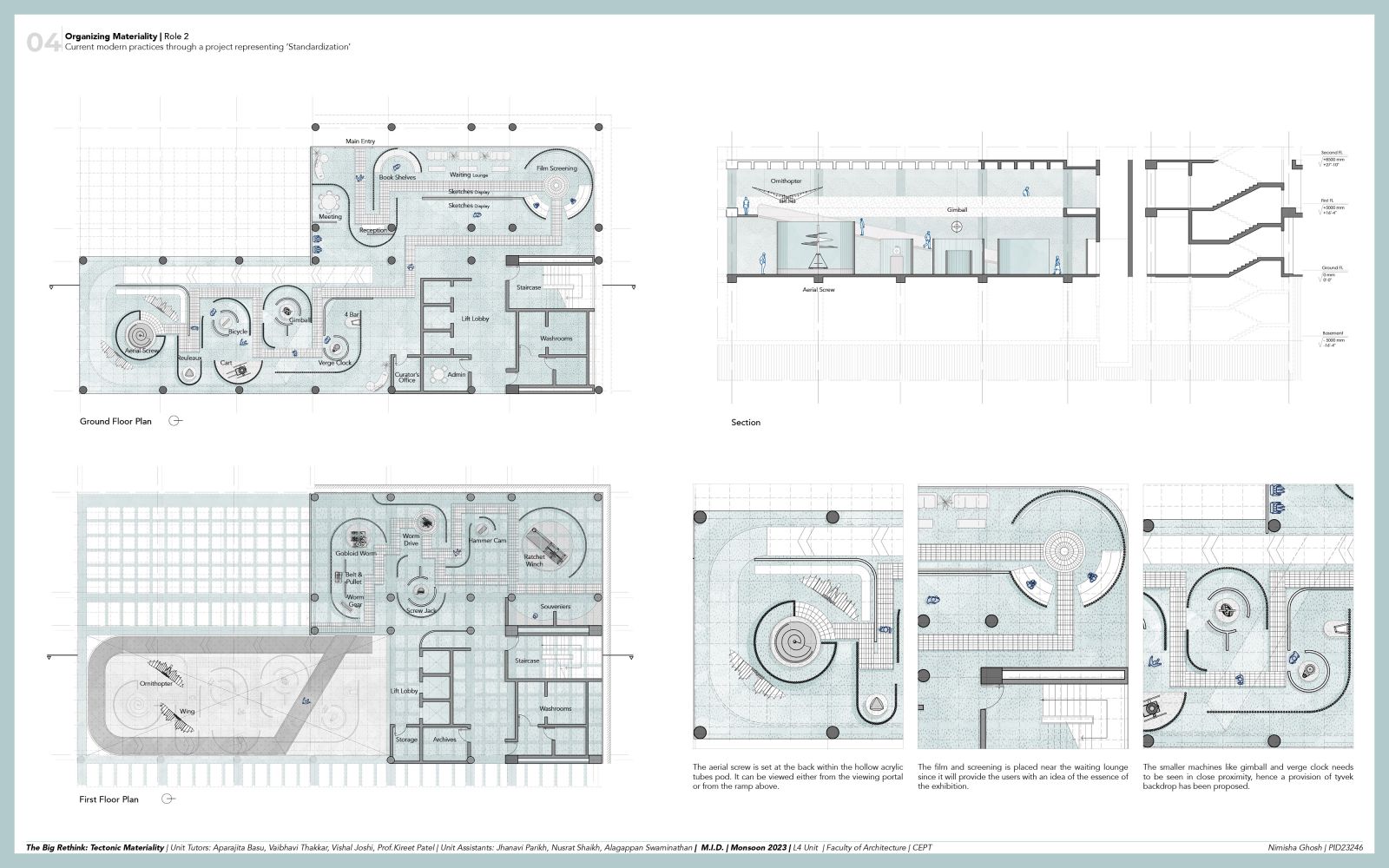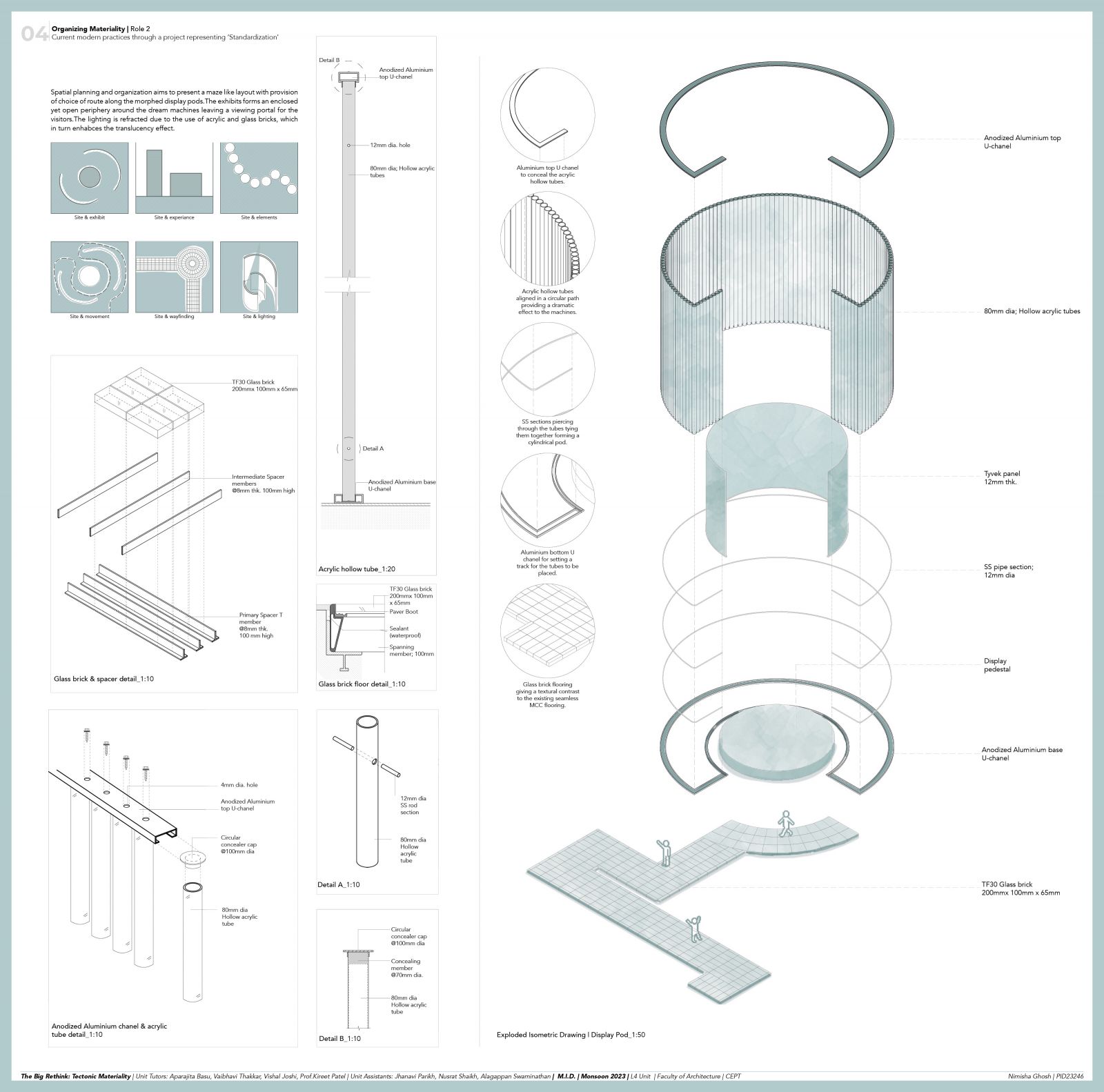Your browser is out-of-date!
For a richer surfing experience on our website, please update your browser. Update my browser now!
For a richer surfing experience on our website, please update your browser. Update my browser now!
The relationship between interior environments and wayfinding is symbiotic, each influencing the other in the dance of spatial design. The layout and organization of a space serve as the foundation for effective wayfinding, with pathways, rooms, and landmarks dictating the ease of navigation. Visual cues, from signage to architectural features, play a pivotal role in guiding individuals through the environment. The interplay extends to the psychological realm, where a well-designed interior fosters confidence and comfort, enhancing the overall wayfinding experience. Lighting, adaptability, and the nuanced user experience all contribute to the intricate tapestry of this connection, creating spaces that not only captivate the eye but also intuitively guide individuals on their journey within.
View Additional Work








